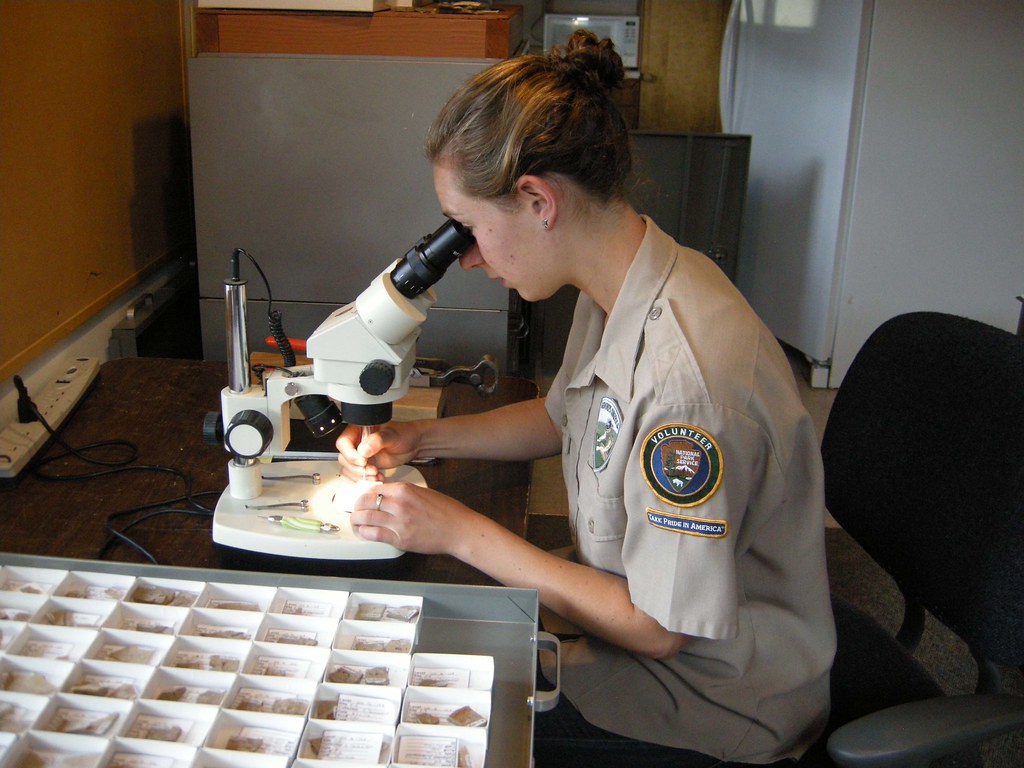The world of paleontology is like a detective story where the evidence is millions of years old and the witnesses are long extinct. For decades, scientists have been piecing together fragments of bone, teeth, and fossilized remains to understand how life on Earth evolved. But sometimes, a theory emerges that’s so revolutionary it completely changes how we see the ancient world. These aren’t just minor adjustments to existing knowledge – they’re earth-shattering revelations that make us rethink everything we thought we knew about prehistoric life.
The Feathered Dinosaur Revolution
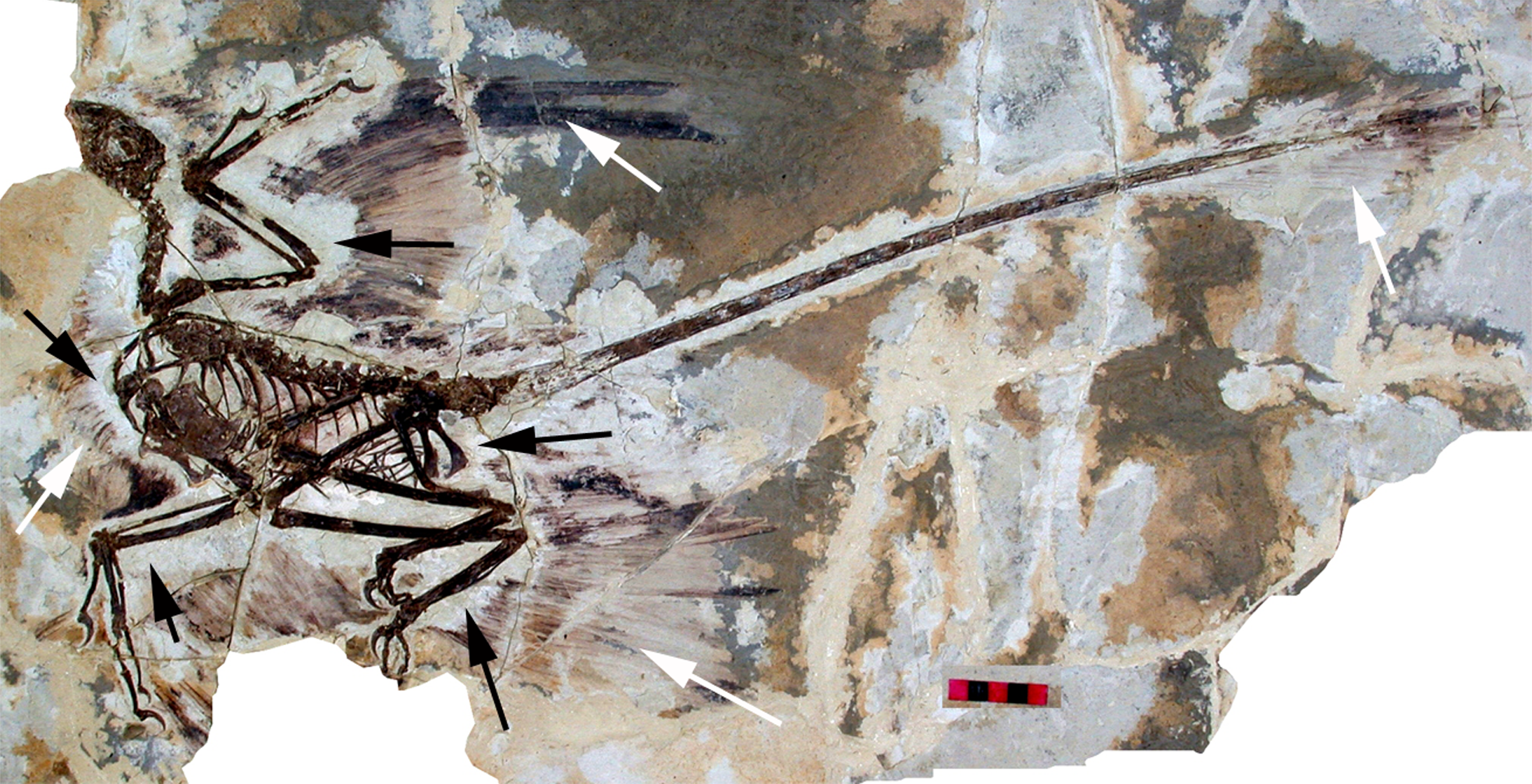
Picture this: you’re walking through a museum, staring at the massive skeleton of a Tyrannosaurus Rex, imagining this fearsome predator as a scaly, lizard-like monster. Then scientists dropped a bombshell – many dinosaurs had feathers. This discovery didn’t just ruffle a few scientific feathers; it completely transformed our understanding of dinosaur biology and behavior.
The evidence started trickling in from China in the 1990s, where paleontologists discovered remarkably preserved fossils showing clear feather impressions. These weren’t just simple proto-feathers either – some dinosaurs sported elaborate plumage that would make a peacock jealous. Suddenly, the image of dinosaurs as sluggish, cold-blooded reptiles began to crumble.
This revelation had massive implications for how we understand dinosaur evolution and its relationship to modern birds. It suggested that dinosaurs were likely warm-blooded, highly active creatures with complex social behaviors. The feathered dinosaur theory essentially rewrote the book on dinosaur biology and made the connection between dinosaurs and birds undeniable.
Mass Extinction Wasn’t Always Gradual
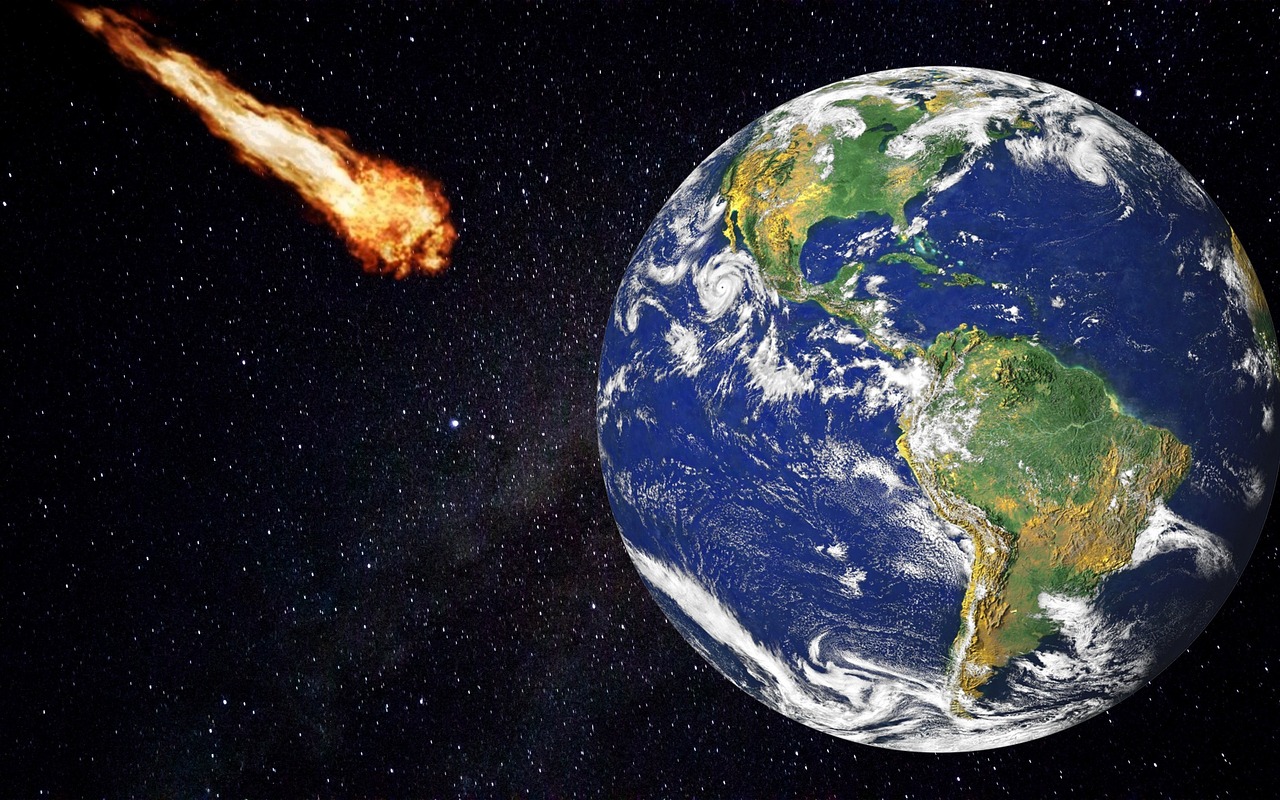
For the longest time, scientists believed that mass extinctions happened slowly over millions of years. Think of it like a dimmer switch being turned down gradually. But then came the asteroid impact theory for the dinosaurs’ extinction – and it changed everything. This wasn’t a slow fade to black; it was like someone suddenly yanked the power cord.
The evidence was right under our noses in the form of a thin layer of iridium-rich clay found in rock formations worldwide. This element is rare on Earth but common in asteroids, suggesting a massive space rock slammed into our planet 66 million years ago. The impact would have triggered global fires, tsunamis, and a nuclear winter-like scenario that wiped out the dinosaurs almost overnight.
This theory revolutionized how we think about extinction events and showed that catastrophic changes can happen much faster than previously imagined. It also highlighted how vulnerable life on Earth is to cosmic events, making us realize that mass extinctions aren’t just ancient history – they’re a real possibility for the future.
The Cambrian Explosion Challenge
Darwin himself was puzzled by what seemed like the sudden appearance of complex life forms in the fossil record around 540 million years ago. It was like opening a book and finding that the first chapter was missing, with complex characters appearing out of nowhere. This phenomenon, known as the Cambrian Explosion, challenged the gradual evolution theory and suggested that life could evolve much more rapidly than anyone thought possible.
Scientists discovered that during this relatively short geological period, virtually every major animal group we know today appeared in the fossil record. We’re talking about the first eyes, shells, spines, and complex body plans all emerging within a few million years. It was like nature had suddenly discovered the blueprint for complexity and started experimenting with wild abandon.
The implications were staggering because it suggested that evolution isn’t always a slow, steady process. Instead, it can happen in bursts of incredible creativity and innovation. This theory forced scientists to reconsider how environmental pressures and genetic changes can trigger rapid evolutionary leaps, fundamentally changing our understanding of how life develops and adapts.
Warm-Blooded Dinosaurs Shake Up Metabolism
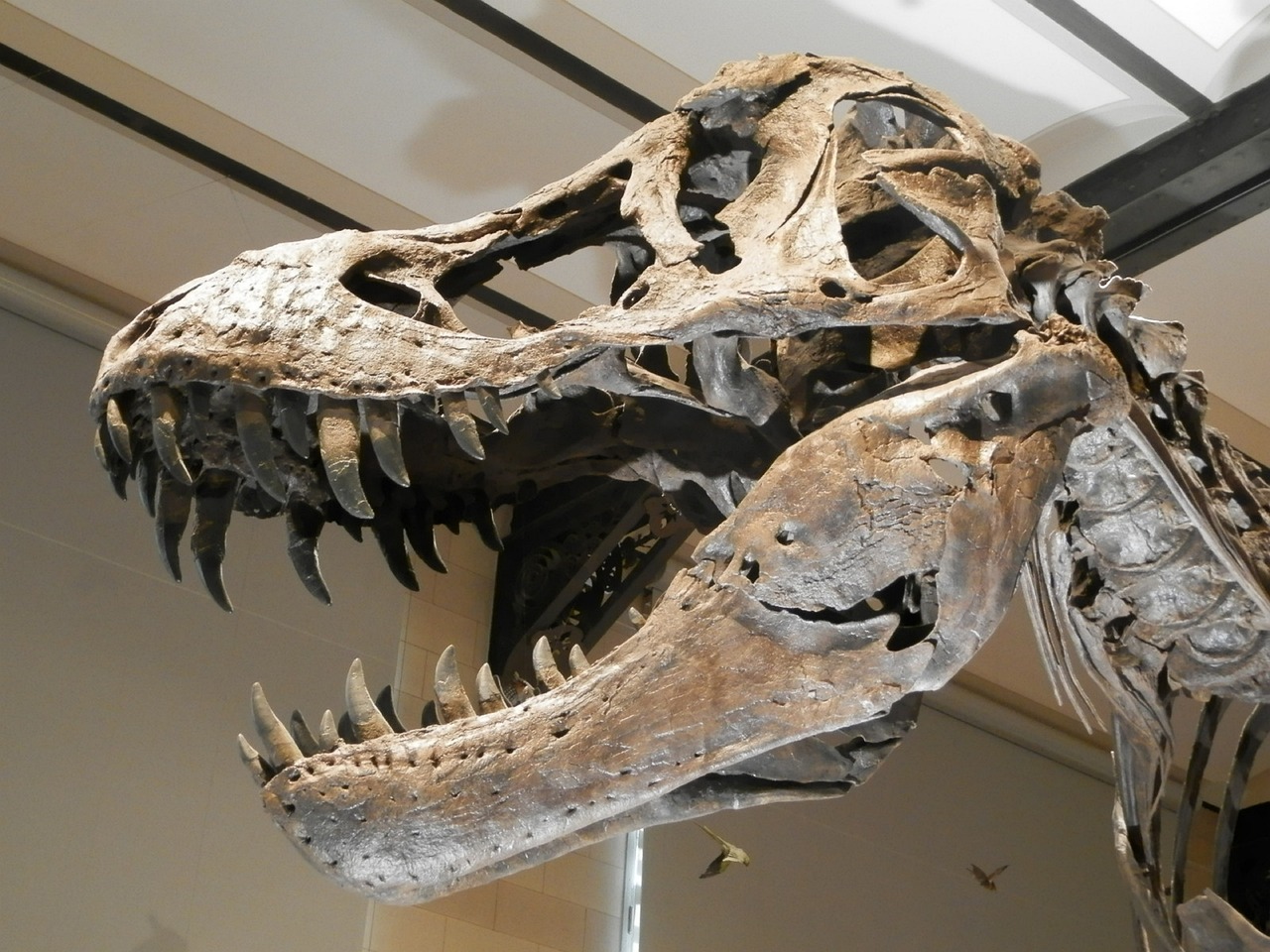
The traditional view of dinosaurs as cold-blooded, sluggish creatures got completely turned on its head when scientists proposed that many dinosaurs were warm-blooded. This wasn’t just about body temperature – it was about reimagining dinosaurs as active, energetic animals more similar to modern mammals and birds than to reptiles.
Evidence for this theory came from studying dinosaur bone structure under microscopes, revealing growth patterns similar to those found in warm-blooded animals. Fast-growing bones suggested high metabolic rates, while the discovery of dinosaur nests and evidence of parental care painted a picture of complex social behaviors that required significant energy investment.
This metabolic revolution explained how dinosaurs could grow to such massive sizes and remain active. It also helped explain their success as a group, dominating terrestrial ecosystems for over 160 million years. The warm-blooded theory essentially transformed dinosaurs from prehistoric curiosities into dynamic, successful animals that thrived in diverse environments across the globe.
Continental Drift Explains Everything
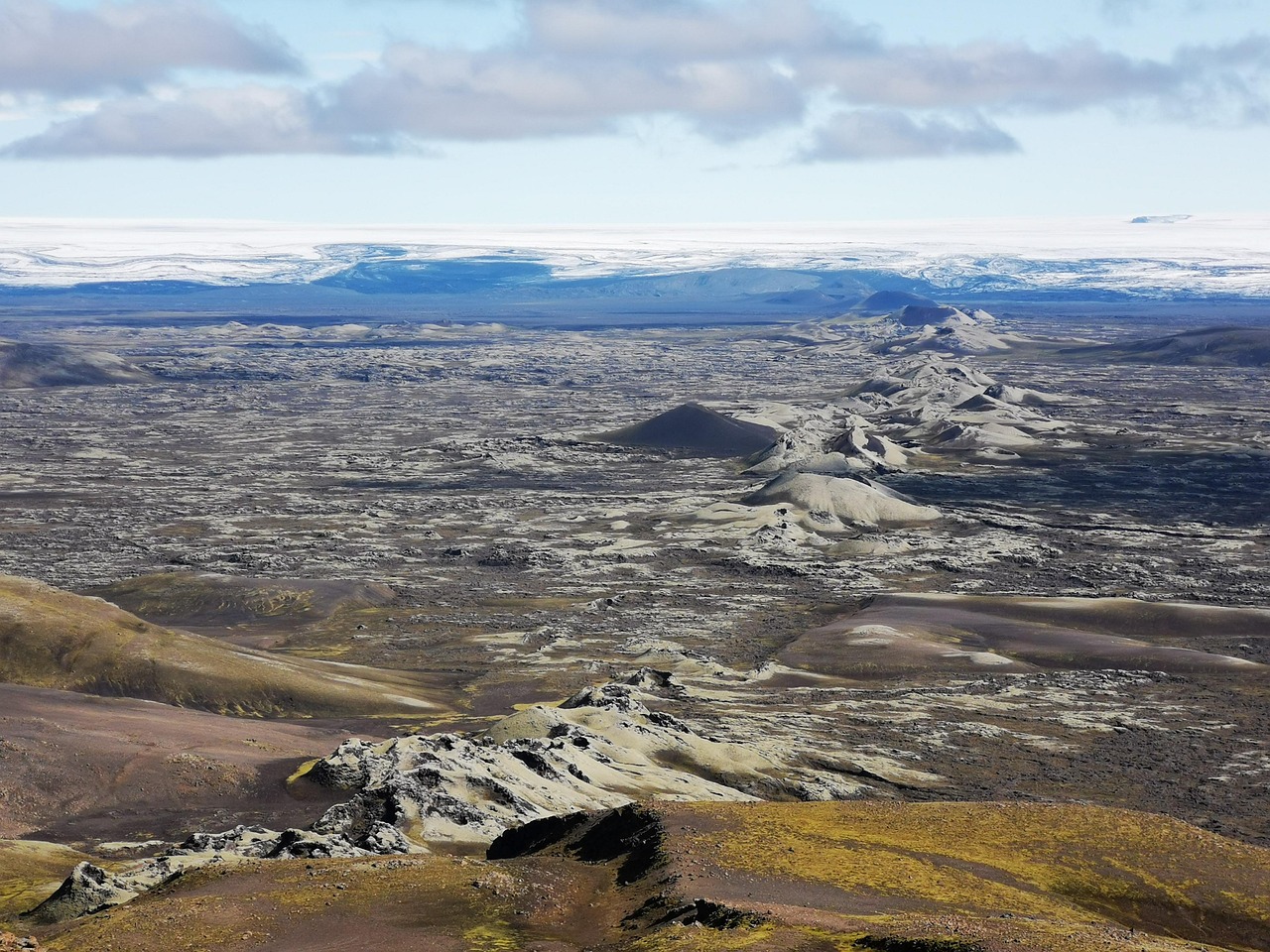
Alfred Wegener’s continental drift theory was initially laughed out of scientific conferences, but it ended up explaining countless paleontological mysteries. Imagine trying to solve a jigsaw puzzle where the pieces keep moving – that’s what paleontologists faced before understanding that continents weren’t fixed in place. This theory revolutionized how we understand the distribution of fossils and the evolution of life on Earth.
The evidence was hiding in plain sight: identical fossils found on continents separated by vast oceans, matching rock formations across different landmasses, and glacial deposits in places that are now tropical. It was like finding pieces of the same broken plate scattered across different rooms – the only explanation was that they were once together.
This geological revelation explained why similar species evolved on different continents and why we find marine fossils on mountaintops. It showed that Earth’s surface is constantly changing, with continents colliding, separating, and reshaping the very stage on which evolution performs. The theory fundamentally changed how paleontologists interpret the fossil record and understand the geographic context of ancient life.
The Great Dying Reveals Vulnerability
The Permian-Triassic extinction event, known as “The Great Dying,” was so catastrophic that it nearly ended life on Earth entirely. This wasn’t just another mass extinction – it was the closest our planet has ever come to being completely sterilized. The theory surrounding this event revealed just how fragile life can be, even when it seems to be thriving.
Scientists discovered that this extinction eliminated about 96% of marine species and 70% of terrestrial vertebrates. It was like pressing the reset button on evolution, forcing life to start over from a handful of survivors. The scale of destruction was so immense that it took millions of years for biodiversity to recover to pre-extinction levels.
The proposed causes range from massive volcanic eruptions to methane release from the ocean floor, but the key insight was that multiple factors likely combined to create a perfect storm of destruction. This theory highlighted how interconnected Earth’s systems are and how disrupting one can trigger cascading effects that threaten all life on the planet.
Punctuated Equilibrium Challenges Darwin
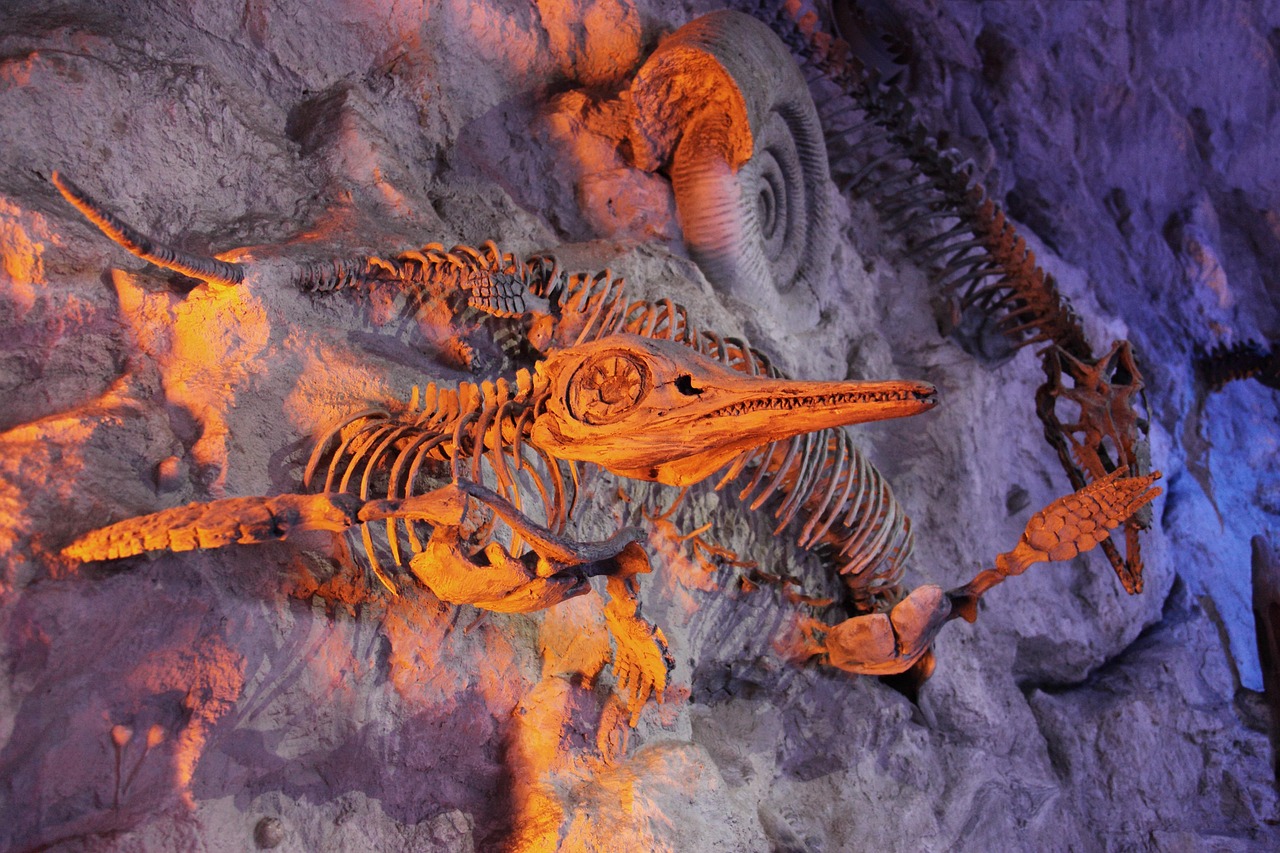
Stephen Jay Gould and Niles Eldredge dropped a scientific bombshell when they proposed that evolution doesn’t always happen gradually. Their theory of punctuated equilibrium suggested that species remain relatively unchanged for long periods, then undergo rapid evolutionary changes in short bursts. It was like discovering that evolution has a turbo mode that can be activated under certain conditions.
This theory emerged from observations that the fossil record shows species appearing suddenly and then remaining stable for millions of years, rather than showing gradual transitions. It challenged the traditional Darwinian view of slow, steady change and proposed that evolution can happen in fits and starts.
The implications were profound because it suggested that evolutionary change is often driven by environmental pressures and genetic bottlenecks that force rapid adaptation. This theory helped explain why we don’t always see smooth transitions in the fossil record and why some species seem to evolve much faster than others under similar conditions.
The Snowball Earth Hypothesis
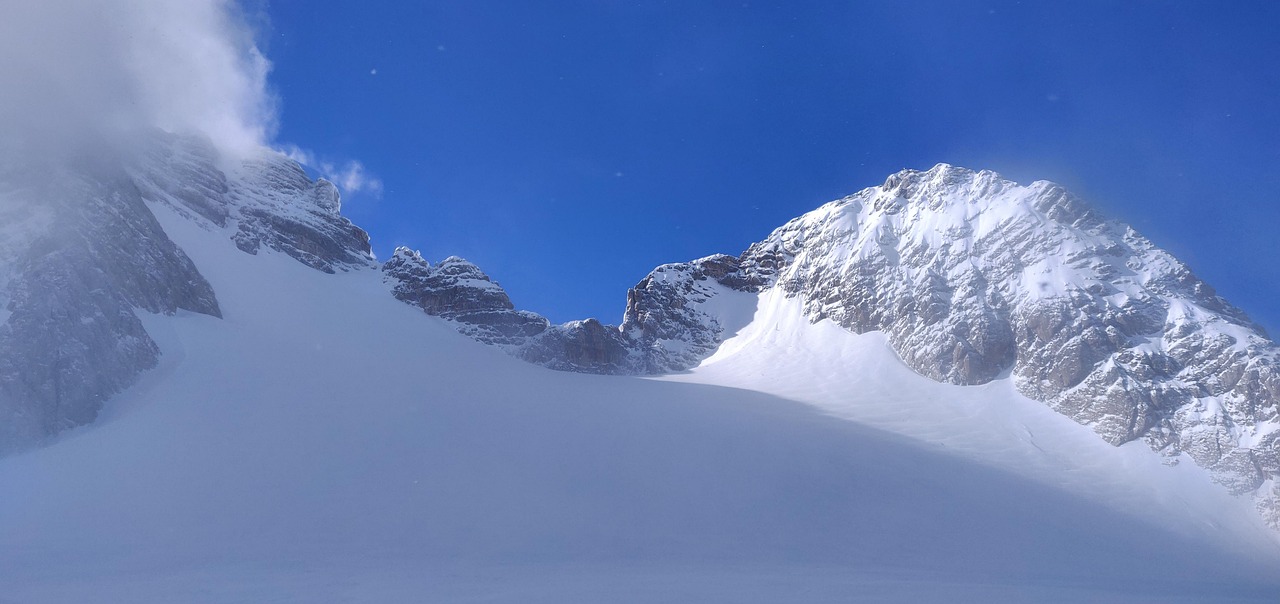
Imagine Earth as a giant snowball, frozen from pole to pole with ice covering even the oceans. This wasn’t science fiction – it was a serious scientific theory that proposed our planet experienced several periods of near-complete glaciation. The Snowball Earth hypothesis suggested that these extreme ice ages were crucial for the evolution of complex life.
The evidence came from unusual rock formations and chemical signatures found in ancient rocks that suggested global glaciation occurred multiple times in Earth’s history. These weren’t just regular ice ages – they were periods when ice extended almost to the equator, creating conditions more extreme than anything in recorded history.
This theory revolutionized our understanding of Earth’s climate history and its impact on evolution. It suggested that these extreme conditions may have triggered evolutionary innovations, including the development of the first complex cells and multicellular organisms. The idea that life could not only survive but thrive after such extreme conditions showed the incredible resilience and adaptability of life on Earth.
Dinosaur Social Behavior Revelations

The discovery that dinosaurs lived in complex social groups completely changed how we imagined these ancient creatures. Instead of solitary monsters lurking in prehistoric forests, evidence began mounting that many dinosaurs were highly social animals with sophisticated behaviors. This wasn’t just about finding fossils together – it was about understanding that dinosaurs had rich social lives.
Evidence came from fossilized trackways showing herds of dinosaurs moving together, nesting sites where parents cared for their young, and even evidence of cooperative hunting behaviors. Some dinosaur species showed signs of hierarchical social structures, with different individuals playing specific roles within the group.
This social revolution in paleontology revealed that dinosaurs were far more complex than previously imagined. It suggested they communicated with each other, formed lasting bonds, and engaged in behaviors we typically associate with modern mammals and birds. The theory fundamentally changed how we visualize dinosaur behavior and ecology.
The Rise of Oxygen Changed Everything

The Great Oxygenation Event was like flipping a switch that transformed Earth from a hostile, alien world into the planet we know today. This theory proposes that the rise of oxygen in Earth’s atmosphere around 2.4 billion years ago was both the greatest pollution event in Earth’s history and the foundation for complex life.Ironically,t the gas we depend on for life was initially toxic to most organisms.
The evidence shows that early photosynthetic bacteria began pumping oxygen into the atmosphere, but this “pollution” was deadly to the anaerobic organisms that dominated Earth at the time. It was like introducing a powerful poison that killed off most existing life forms while creating opportunities for new types of organisms to evolve.
This oxygenation theory explained how Earth’s atmosphere evolved and why complex, multicellular life eventually became possible. It showed that major environmental changes, even catastrophic ones, can drive evolutionary innovation and create new opportunities for life to flourish in unexpected ways.
The Ediacaran Enigma
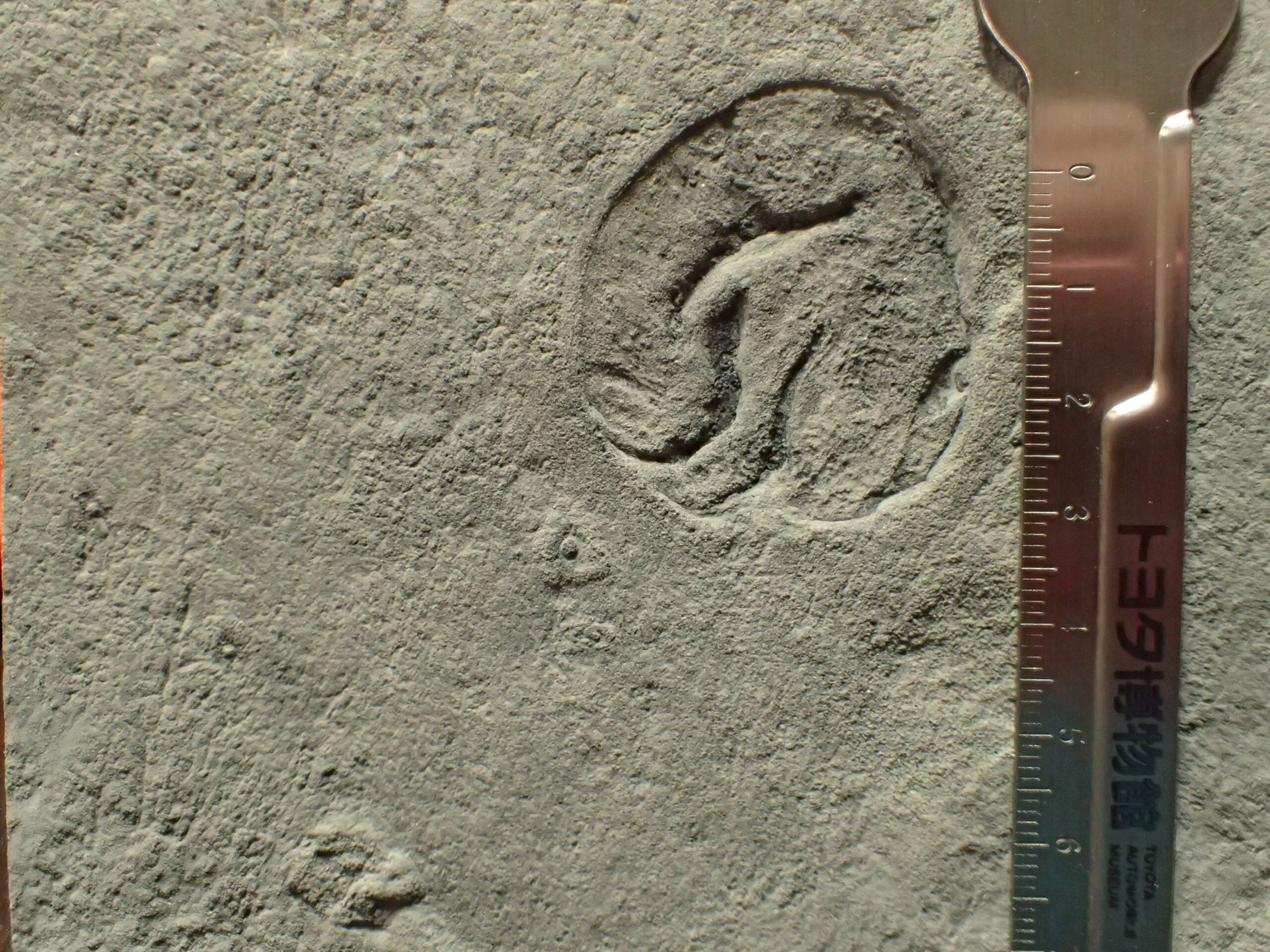
Before the Cambrian Explosion, there was another mysterious chapter in Earth’s history that puzzled scientists for decades. The Ediacaran period revealed the existence of Earth’s first complex multicellular organisms, but these creatures were unlike anything that came before or after. They were so strange that scientists initially couldn’t even determine if they were plants, animals, or something else entirely.
These enigmatic organisms had body plans that seemed almost alien, with fractal-like patterns and structures that didn’t match any modern life forms. Some looked like quilted mattresses, others resembled abstract art, and many had no obvious organs or body parts that we could recognize. It was like discovering that life had experimented with completely different approaches to being alive.
The Ediacaran theory suggested that these organisms represented a failed experiment in evolution – a completely different approach to multicellular life that was eventually replaced by more familiar forms. This discovery showed that evolution doesn’t always follow predictable paths and that there were multiple ways life could have developed on Earth.
Marine Reptile Gigantism
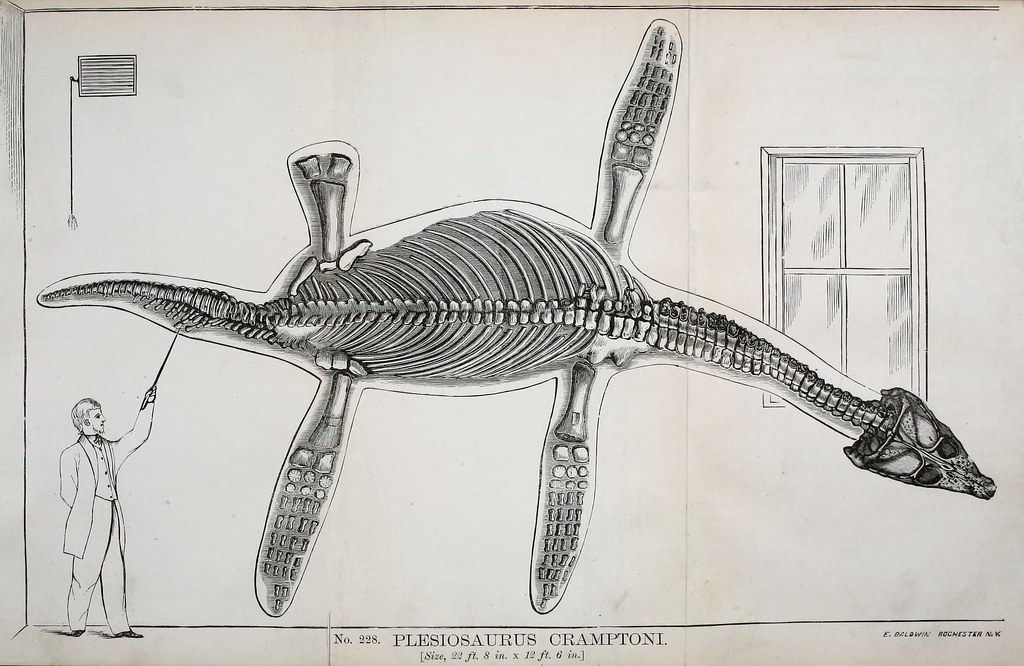
The oceans of the Mesozoic Era were home to some of the largest predators that ever lived, and the theory behind their gigantism revealed fascinating insights about marine ecosystems. These weren’t just big fish – they were massive reptiles that had returned to the sea and evolved into apex predators that dwarfed even modern whales.
Scientists discovered that these marine reptiles, including plesiosaurs and ichthyosaurs, could reach lengths of over 60 feet and possessed adaptations that made them perfectly suited for life in ancient oceans. The theory suggested that the abundance of marine prey and the lack of competition allowed these creatures to grow to unprecedented sizes.
This gigantism theory revealed how marine ecosystems can support massive predators when conditions are right. It also showed how evolution can drive animals to extreme sizes when environmental pressures favor larger body sizes, creating some of the most spectacular creatures in Earth’s history.
The Permian Reef Crisis
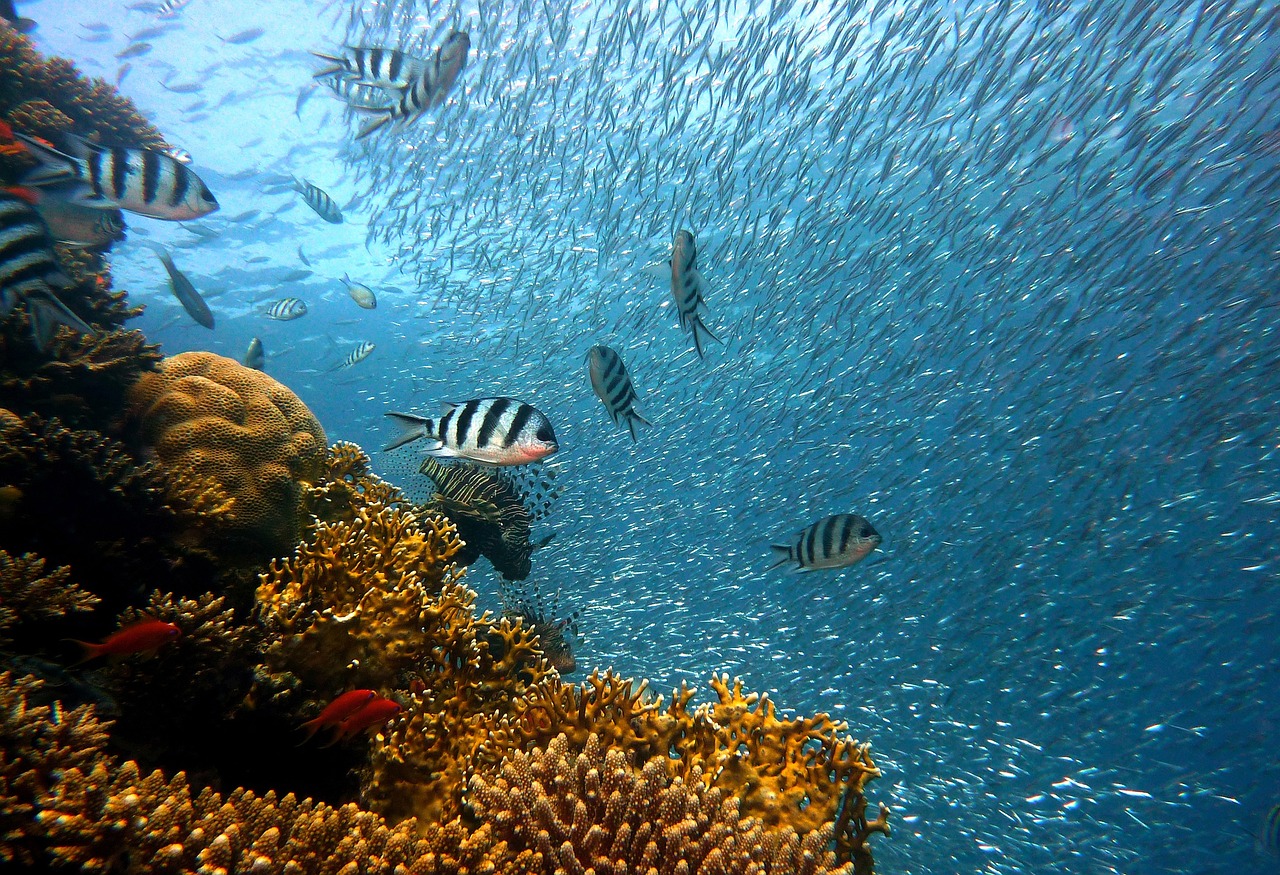
Before the Great Dying, Earth’s oceans were home to the largest reef systems in the planet’s history, but their sudden collapse revealed crucial insights about ecosystem stability. These weren’t just coral reefs – they were massive biological structures built by now-extinct organisms that created underwater cities teeming with life.
The theory surrounding their collapse suggested that changing ocean chemistry and temperature created conditions that these reef-building organisms couldn’t tolerate. It was like watching a thriving underwater metropolis suddenly become a ghost town, with cascading effects throughout the marine ecosystem.
This reef crisis theory provided important insights into how marine ecosystems respond to environmental changes and how the collapse of foundation species can trigger broader ecological disasters. It served as a sobering reminder that even the most successful and dominant ecosystems can be vulnerable to environmental changes.
Conclusion
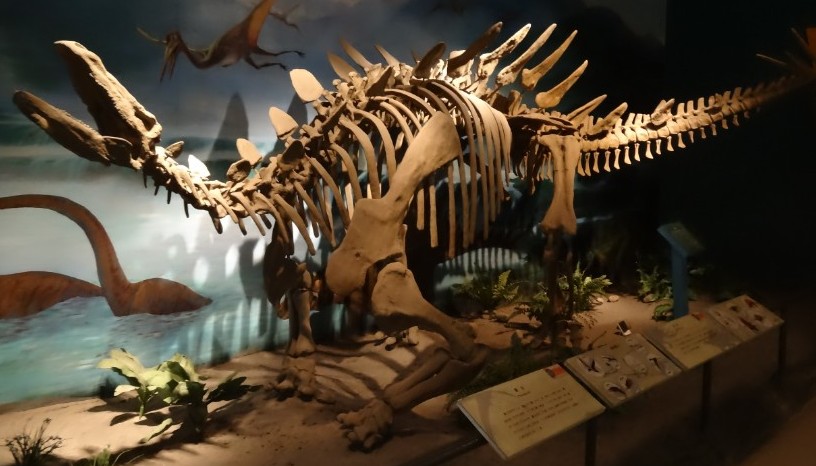
The world of paleontology continues to surprise us with theories that challenge our understanding of life on Earth. These revolutionary ideas have transformed how we see the ancient world, revealing that evolution is far more dynamic and unpredictable than we ever imagined. From feathered dinosaurs to snowball Earth, each theory has peeled back another layer of our planet’s incredible history.
What strikes me most about these discoveries is how they remind us that Earth’s story is still being written, and there are countless chapters we haven’t even discovered yet. The fossil record continues to yield surprises that force us to reconsider everything we thought we knew about life’s journey on our planet.
Which of these theories surprised you the most?

